During the many years I have been painting, there have been a number of simple practices which have helped me actually improve and keep going, despite the struggles I faced. These practices have helped when motivation was low, when inspiration seemed to elude me and when I procrastinated over that first stroke on the white canvas.
So anyway, here are 7 simple practices which have helped me improve as an artist:
- 1. Learn From Other Art Movements (Not Criticize Them)
- 2. Follow Artists Better Than Myself
- 3. Do Something Every Day
- 4. Explore New Artists (Both Living and Passed)
- 5. Limit Social Media
- 6. Don’t Get Too Comfortable!
- 7. Sometimes Quantity Is Better Than Quality
- Additional Resources
- Want to Learn More?
- Thanks for Reading!
1. Learn From Other Art Movements (Not Criticize Them)
People always seem to have strong opinions about different art movements. But at the end of the day, you can learn something from every art movement, regardless of whether you like the art or not.
For example, I am not a fan of hyperrealism, but I can still appreciate and learn from the remarkable display of accuracy and patience from those artists.
Instead of criticizing other art movements, see if you can learn something from them to benefit your own paintings.
As another example, I am not particularly fond of Pablo Picasso’s deep abstract work, but I am a huge fan of his mindset and many of his quotes. I often find myself going through his documented quotes when I am in need of inspiration.

If you really dislike an art movement, then just ignore it rather than criticise it. There is nothing to gain from negativity. Time is much better spent searching for positive inspiration.
2. Follow Artists Better Than Myself
There are two parts to this tip. First is to realize there will always be artists who are more talented than you. The second is to embrace those artists and try to learn from them.
We live during a time when we can watch over the shoulders (via the internet or in life workshops) of some of the top artists in the world. Take advantage of that and surround yourself with those great artists who inspire you.
Some artists you might want to follow are:
Hsin-Yao Tseng
Jeremy Mann
Jeremy Lipking
Ken Knight
Tibor Nagy
3. Do Something Every Day
Put simply, doing something every single day adds up to something big. It could be a quick gesture drawing, a color study or even just researching famous artists, as long as it is something which will help you improve. It all adds up and keeps you progressing, slowly and steadily.
The alternative is waiting for the perfect time to set up your studio and create something really special. But that perfect time rarely comes and you may find yourself going days, weeks or even years without touching the canvas.
So focus on doing something every day. It doesn’t matter how small. But of course, don’t beat yourself up if you miss a day.
I don’t just write this to sound interesting either. I always try to practice what I preach. Most recently, I have been on a mission to improve my drawing by doing at least 10 minutes a day of gesture drawing.

4. Explore New Artists (Both Living and Passed)
Every time I go exploring, I stumble across a fascinating artist who I was not aware of. I write about these artists from time to time on Draw Paint Academy and these are always very popular posts. Here are some of the artists I have previously written about:
Art is certainly not a new thing. There are thousands of great artists to explore and learn from.
I suggest if you are ever lacking painting inspiration that you go to Wiki Art or some other artist directory and just explore artists of different periods. It can be both fascinating and humbling to come across so many great artists you have never heard about before.
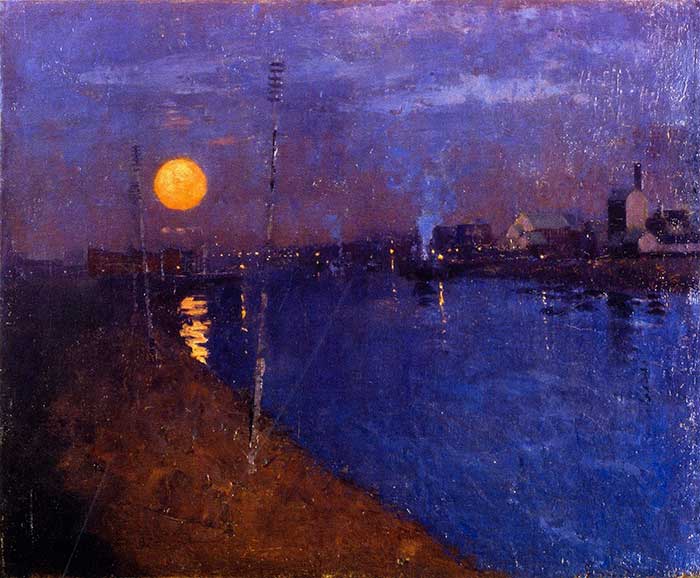
5. Limit Social Media
I find social media to be a double-edged sword.
On one hand, you have platforms which allow you to connect with people all over the world.
But on the other hand, those platforms can be incredibly distracting and often damaging to your self-moral. You see these amazing artists from all over the world and you may start to compare yourself to them. But you do not get to see what goes on behind the scenes, which is usually much less glamorous.
I try to limit social media to:
– Keeping up to date with art news
– Following inspirational artists
– Connecting with other like-minded artists and expanding my reach
Outside of that, I do not use social media all that much.
6. Don’t Get Too Comfortable!
I always find that if you start feeling too comfortable, you might need to change things up and experiment a bit more. You always want to feel slightly on edge when you paint. Otherwise, painting would be pretty boring wouldn’t it?
After painting for awhile, you will start to get familiar with certain techniques, color palettes, subjects and you will start to develop your own style. This is great, but it can also hinder your progression as an artist if you start feeling too comfortable and stop experimenting.
When you are a complete beginner, you must experiment because nothing feels comfortable. But artists tend to stop experimenting once they find their niche.
I think the only way to continually improve is through experimentation and testing. You just never know what will work or what you will be good at without trying.
This is not to say you should not focus on what you enjoy. But you should leave some room to try different things.
If you only paint, then mix things up with some gesture drawings. If you only paint in the studio, then try a plein air painting. If you usually paint landscapes, then try and paint a still life.
7. Sometimes Quantity Is Better Than Quality
I am a firm believer that in order to become really proficient at something, you need to put in the numbers. So to get good at painting, you need to complete a significant number of paintings.
Of course, not all of them will be masterpieces. But you will learn something from every painting.
When you only paint large studio pieces, then you may find yourself always striving for perfection. This often leads to procrastination and a fear of making mistakes.
When you paint for quantity over quality, you will achieve a few things: – You will be less timid about making mistakes and therefore more adventurous (which is important when you are starting out).
– You will encounter a wider array of problems. The more problems you encounter, the more solutions you will develop. Over time, you will be much better suited to solving problems in a painting than if you only worked on a few large studio pieces.
– Painting will feel more fresh and more interesting. I find my inspiration kicks into overdrive every time my brush hits a blank canvas. But my inspiration seems to become stagnant as I reach the later stages of a painting.
This is not to say you should ignore quality. You should always try to paint to the best of your abilities. But if you only ever aim for perfection, you may find that you actually hinder your improvement. As I wrote earlier, aways make room for experimentation.
Additional Resources
7 Tips For The Self-Taught Artist
Want to Learn More?
You might be interested in my Painting Academy course. I’ll walk you through the time-tested fundamentals of painting. It’s perfect for absolute beginner to intermediate painters.
Thanks for Reading!
I appreciate you taking the time to read this post and I hope you found it helpful. Feel free to share it with friends.
Happy painting!
Dan Scott

Draw Paint Academy

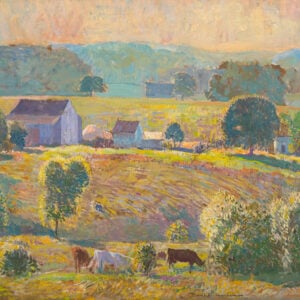
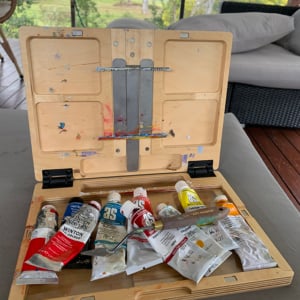
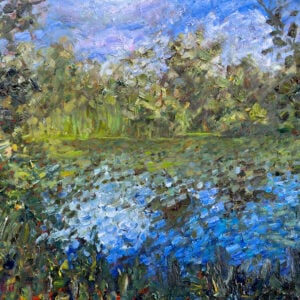
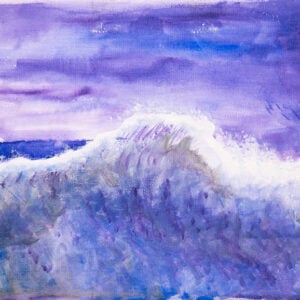

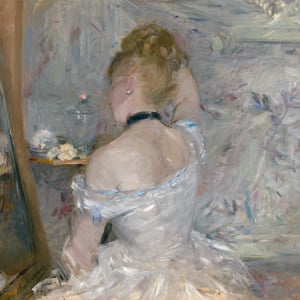
Muchas gracias!!! todos estos consejos son muy razonables y realmente validos,le agradezco compartirlos con nosotros; le deseo muchos exitos en su trabajo de pintor apasionado,
Thank you for these tips – not only valuable for artists, but also great advice for professional development in any field.
Glad you enjoyed them Annaliese!
Dan
Thank you for the fantastic information. It has been so helpful to me as a artist.
“When you only paint large studio pieces, then you may find yourself always striving for perfection. This often leads to procrastination and a fear of making mistakes.”
This article couldn’t be more timely, although I’m 3 years late. I graduated high school in 2018, I was in a magnet art program and had dedicated much of my grade years to art. Although I enjoyed and learned a lot from it, once college was approaching, we had more strict deadlines, focused on big paintings, and of course, you are constantly surrounded by other great art peers, which caused me to compare myself a lot.
I didn’t end up going to art school but always kept art as my passion. Since then, it has become more difficult to show up for myself as an artist. I always found myself throwing away sketches, and even larger pieces because I kept beating myself up. Although disciplined was taught to me in school, the experiential and adventurous spirit was definitely spoiled in the process of it. So thank you for this great reminder and affirmation!